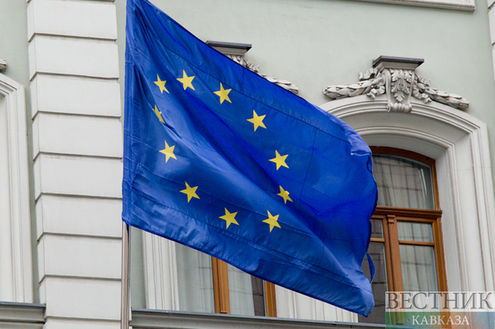The chairman of the Union of Armenian Winemakers, Avag Arutyunyan, tells VK about the prospects of the Armenian wine industry and competition between Armenia, Turkey, Georgia and Azerbaijan in this sphere.
- Previously you said that Armenian wine-making volumes are giving way to the production of brandy. Is that still the case?
The wine industry has always been one of the priorities of the Armenian economy. But after the disintegration of the USSR, state support faded and now we have only those vineyards planted in the 1960’s and 1970s. They can’t last longer than another 10 years or so. These vineyards don’t in fact correspond to the highest international standards, they are suited to producing cheap sorts of wine, port, and brandy. The dynamics of the brandy industry in Armenia has been good for some years now, but the aging of the vineyards now threatens it. As for the wine, our vineyards never met high standards of wine production, for brandy these standards are generally lower. We have only a few high quality vine sorts here, and they occupy no more than 4,000 hectares, so there are no real prospects for the wine industry right now.
- So what steps should be taken?
- There are two ways. First, we should develop our own sorts of vine, which don’t exist anywhere else. Secondly, we can develop internationally known sorts like Cabernet-Sauvignon, Merlot, Shiraz, Chardonnay, Riesling and Aligote. But the thing is that, no matter how good we make them, no one abroad is going to value Armenian Cabernet or Merlot anytime soon. But we have a fair chance with our special, exclusive wine sorts. And we should promote them, create a special image legend.
- And this very legend is a point of contradiction between winemakers of the countries of the region?
- Yes. Our rivals, Georgia, Turkey and Azerbaijan, now are ahead of us and have the technology for high-quality wine making. And image is another key point in this competition. Some 130 years ago, when the world got bored with French cognac, Armenian (well, Russian back then) brandy became popular. Russia made a brand out of Armenian brandy - and Georgian wine – back then. But that doesn’t mean that Armenia is bad at making wine or Georgia – brandy. Right now, the owner of the Tierras de Armenia company, Eduardo Ernekyan, an Argentinean billionaire of Armenian origin, is trying to cultivate European sorts of vine in Armenia. But this branch of the industry can’t be promoted by a single investor. At the moment, 90% of Armenian vineyards belong to small farmers, each of them has only some half a hectare of land. And they can’t apply modern technology on such small parcels, they just don’t have the money.
- So what interest rate is usual for winemaking industry credits?
- Well, sometimes we take 10-11% interest credits, but usually it’s 14-16% interest one-year credit, sometimes even 18%. But even 10.5% is too much, you can’t get a decent profit with that kind of interest rate. In all other sectors, credits for creating a vineyard are given for 25 years and at 3% maximum. And there are no prospects of high income from vine growing in Armenia – the cost is too high. So there’s no real interest for small farmers to grow vines.
- And do Armenians like wine, in general?
- That is again a question of image and state policy. Today, wine consumption has increased from 1 litre per person a year to 1.3-1.5, while in Russia this indicator increased from 1 to 10, and in Slovakia from 3 to 15. To promote cultured drinking instead of vodka-drinking we need a special state policy. Our wine should be sold abroad for our diaspora to purchase, but our wine-makers can’t do that on their own .Turkey, Georgia and Azerbaijan have that kind of state policy. They create recognizable brands. But if we achieve a figure of 15 litres a year per person, if Armenian families abroad will buy our wine – we won’t have enough vineyard resources to satisfy such a demand.
- Russians value Armenian brandy, but what about wine?
- As I said, we don’t have a commercial wine image, so on the Russian market it doesn’t go further than brandy. And we don’t have sufficient production volumes. We export only 1.5 million bottles of wine a year, and given the opportunity we wouldn’t be able to do more than 5 million. No, there’s a window of 300-320 million bottles for new exporters, and we can only fill a small part of this gap – but we didn’t even do that. You see, the Russian market is 700 million bottles per year, 250-270 of which were from Moldova, while 45-50 used to be exported by Georgia. Well, only 15-20 million of them are actually true Georgian wine, others are counterfeit. Now both of these countries have lost vast markets, but I think they came to the right conclusions.
Interview by David Stepanyan, Yerevan, exclusively to VK.






